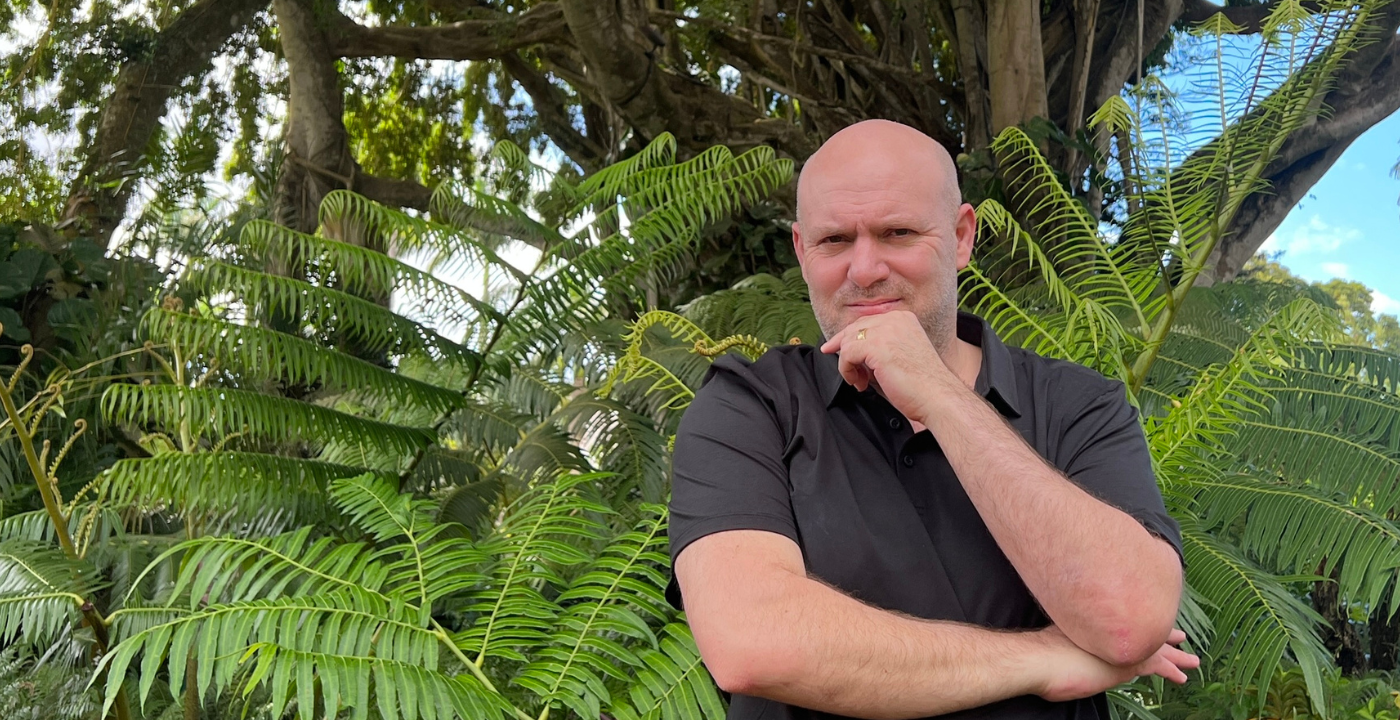That mine has been closed for over a decade now. So you can forget about this type of material. And prices have soared exponentially.
So if you take Alexandrite, it has a huge premium over yellow Chrysoberyl. But in Cat's Eye, that changes a little bit. Yellow Cat’s Eye demands huge prices. Huge prices. There is such a collectible, in-demand market for Yellow Chrysoberyl Cat’s Eye, and a perfect eye, if the eye opens and closes as well. So what you do is you take the eye and you twist it to the right, twist it to the left. You must have a direct light source above. So either, you know, some LED light or whatever, move it back and forth and the eye will actually open and close. Gemological phenomenon found in Sri Lanka. These are known as the best Cat’s Eye in the world. The Sri Lankans reign supreme in the Cat's Eye. On the other hand, they also produce some amazing Alexandrites.
But they've got nothing on the Indian Alexandrite Cat’s Eye. The Indian Alexandrite Cat’s Eye is a better color than the Sri Lankan Alexandrite Cat’s Eye. The Sri Lankan Alexander Cat’s Eye: it's got the crystal, but it doesn't have the color. So if you look at a Cat’s Eye, and I've had only one or two in my life, that come out of Russia—because Russia, the mines have been closed for over 100 years. But the predominant amount of Alexandrite Cat’s Eye in the world today came out of the deposit of India, in the Southeast on the Indian continent. And that deposit produced a lot of faceted stones, as well as the biggest array of Cat’s Eye Alexandrite ever.
That mine has been closed for over a decade now. So you can forget about this type of material. And prices have soared exponentially. I mean, they've gone into like five digits per carat for good ones and you just don't see them around. But if you can get an Alexandrite Cat’s Eye from the Indian deposit, it has the best neon green with a 100% change to purple. The key is: can you get it clean?
The Ceylon you'll find clean, but you won't get it perfectly green. It'll be perfectly brown, it'll be brownish green, but it won't have the green, green, green. Brazilian material: you don't really see the Cat’s Eye coming out of Brazil. They do get some Chrysoberyl coming out of Brazil. We do get a lot of amazing Alexandrite coming out of Brazil, but we don't see the chatoyancy effect coming out of there.
Now we're going to take you over to the king of Moonstones. Okay, so you got your Moonstones. Feldspar is the main mineral of Moonstone. So we got Feldspar, and you got some expensive varieties of Feldspar, like Sunstone, coming out of Oregon. Can get up there to four or four and a half, five digits, per carat, for very, very fine grades up in the Oregon Sunstone deposit. Especially if it's something spectacular—50.00 carat, clean, nice Schiller, perfectly red. But they don't really have the Moonstone effect. They have more of a Schiller effect. I'm not going to get into that in this episode. I'm talking about more, you know, the phenomenons.


